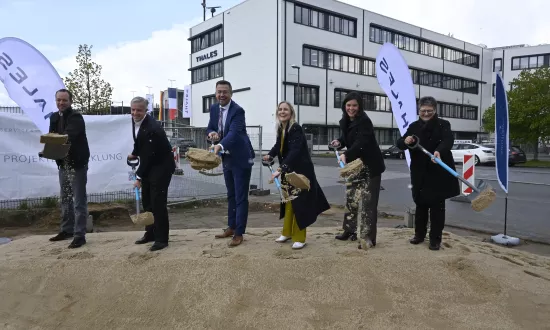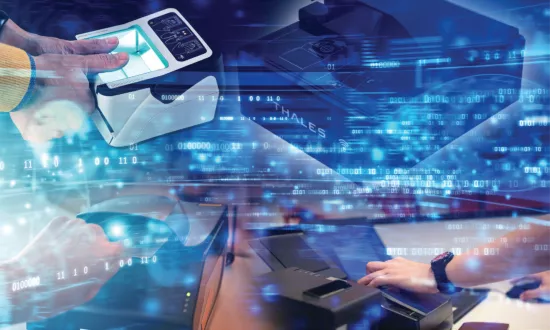Mobile ticketing – and beyond
Innovative mobile and hands-free ticketing solutions could transform journeys for your passengers and increase ridership.
Smartphones are rewriting the rules of urban mobility. Passengers are using their mobiles to plan and pay for journeys. What’s more, they increasingly expect to use their phones as tickets too.
Mobile ticketing is just one part of the story currently being written in public transport systems all over the world. Beyond this lies the vision of hands-free ticketing. This will completely eliminate the need to “tap in” at stations, paving the way for truly contactless journeys. And it’s closer than you think.
How can public transport operators and transport authorities take advantage of these fast-moving trends? And how can they use them to support multimodal journeys? Find out in our Multimodal Mobility Zone.
Mobile Ticketing
Smartphones are everywhere. Research by the GSMA, the mobile industry’s trade association, shows that global smartphone uptake is heading towards 75%. In some regions, it’s already more than 80%.
The smartphone is now the device of choice for doing most things – including planning and paying for journeys. Mobile apps are already used extensively by airlines and ride-sharing businesses. But while many public transport operators provide journey planning apps, smartphone ticketing remains a relative rarity.
The need for smartphone ticketing is being brought into sharp focus by the Covid crisis. Nobody wants to spread or catch coronavirus.
With smartphone ticketing, payments are managed via the handset, so there’s no need to top up at the station. And the form factor of a mobile phone means you can tap in without your hand touching the card reader. In short, direct contact between the passenger and the ticketing infrastructure is minimised when the smartphone becomes the ticket.
Hands-free ticketing
What if you could just walk into a metro station and go straight through the ticket barriers without having to tap in?
The benefits are potentially huge. Congestion at gates would be reduced by setting up fast tracks. Passenger flows would improve. Contact with ticketing infrastructure like card readers would be completely eliminated. And journeys for people using wheelchairs, carrying luggage or pushing buggies would become much easier.
Orchestrating multimodal mobility
Multimodal mobility is about combining different modes of transport – such as metro, bus and tram – in a single seamless journey.
But delivering multimodal journeys isn’t always easy. One of the biggest blockers is “one shot” ticketing – i.e. having different fare collection systems on different modes of transport. This can make it difficult when the time comes to migrate to a one-card fare system.
How can operators orchestrate multimodal mobility? The answer is interoperable ticketing, delivered via a mobility platform that encompasses all types of transport.
Our TRANSCITY™ mobility platform is trusted by public transport operators all over the world – and it’s the bedrock of the world’s biggest regional and nationwide multimodal systems. Using TRANSCITY™, our customers can:
- Add new operators easily at local, regional and even national level.
- Manage incentives across the whole range of different transport modes.
- Ensure seamless revenue apportionment in complex multi-operator networks.
- Support any payment media from cards and mobiles today, to hands-free tomorrow.



